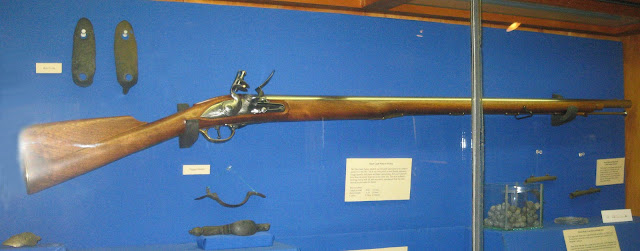Janelle Blucher has been very busy over the past week getting stuck into conservation work on one of the try pots upstairs in the Pitcairn Norfolk Gallery. The work is included in a Post 1856 Maritime Project funded by a grant from the Maritime Museums of Australia program Support Scheme (MMAPSS). This project will overhaul our whaling and Resolution stories on display in the Pitcairn/Norfolk Gallery in the Pier Store.
The pot’s later life was connected to Norfolk’s whaling days as it was used during the 1880s to render down whale blubber for oil. During the 19th Century the conversion of blubber to oil, or try-out work, was done in round bodied, large mouthed iron cauldrons of 150 to 250 gallons capacity. The cauldron was placed on either an iron or brick base forming a small furnace into which was added a fire box. Once heated, sections of whale blubber and meat were placed into the pots and rendered down, this practice continued until the pot was full of oil. The oil was then extracted from the try pot and placed in cooling tanks or kegs. The method employed on the island during the 19th Century was often crude, with no attempt at refining or grading the oil. This caused overseas consignees to complain of uneven quality and bad colour.
While we now describe the pot as a try pot, using its more modern purpose to describe it, it was originally a boiler used during the Second Settlement. The pot bears the marks B ↑ O and the date 1846. The BO stands for Board of Ordinance and the arrow is of course, the broad arrow marking government ownership. Cooks used the pot to prepare meals for the convicts, with the fat from boiling meat floating to the surface. British naval traditions were that each mess of six men had their food (salted meat or dumplings) boiled in a bag tied with an identifying tag. A man from each mess was delegated to collect and serve up the food to his group.
During the past few weeks Janelle has been using mostly manual methods to remove corrosion – hand brushing with a wire brush. The pot has quite a large crack in the base making it very difficult to work with and it’s unable to be moved for fear of the crack enlarging. There’s not a lot of room between the floor and the bottom of the pot resting on wooden chocks, so Janelle has had to quite creative developing methods to get into the hard to get at places! She has applied a corrosion converter to the inside and will do the same to the outside next week. As there are some areas she literally can’t get at right underneath the pot, she will wait to be satisfied with the state of the metal before she decides wether it needs a protective coating or not.



